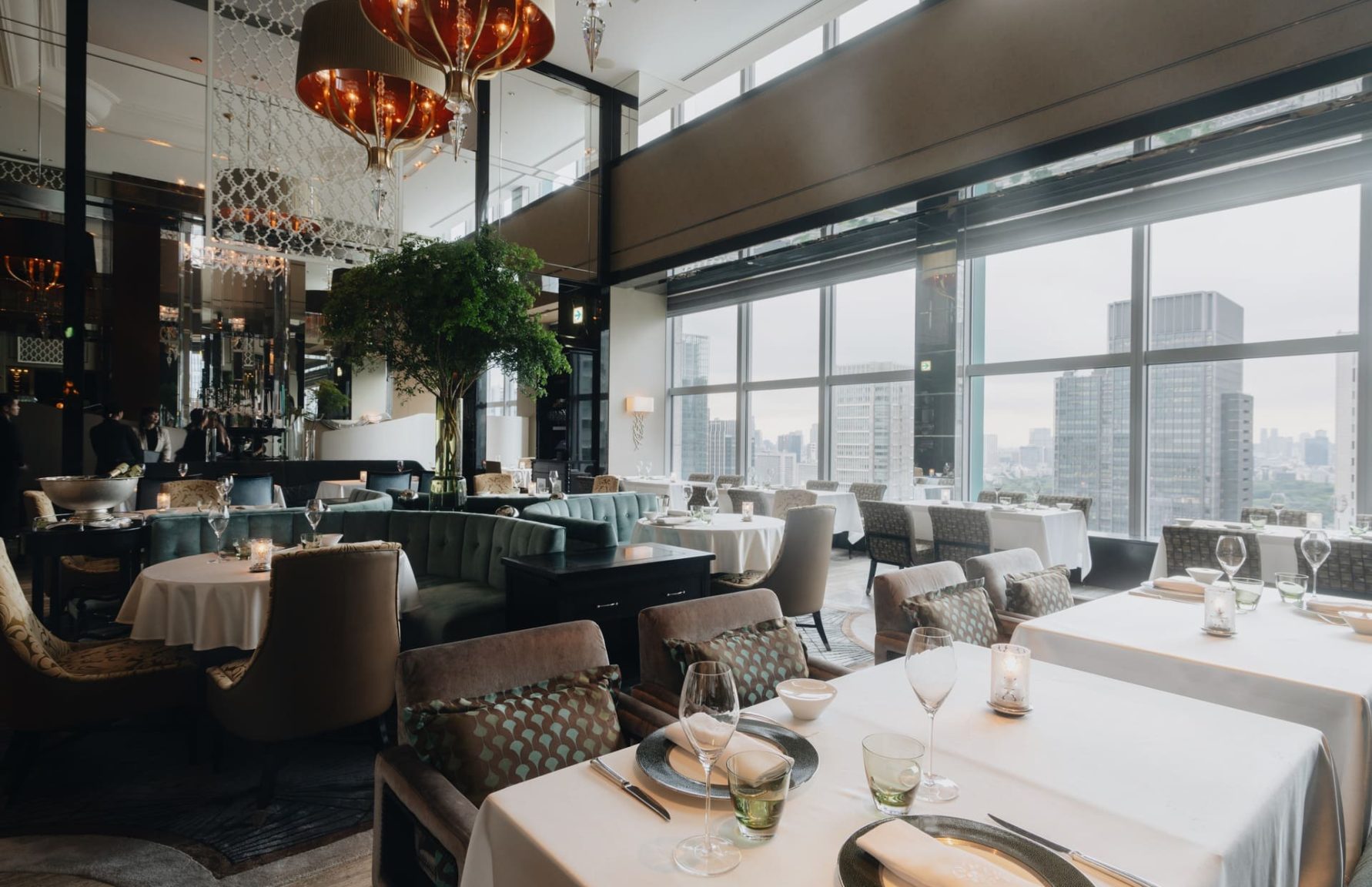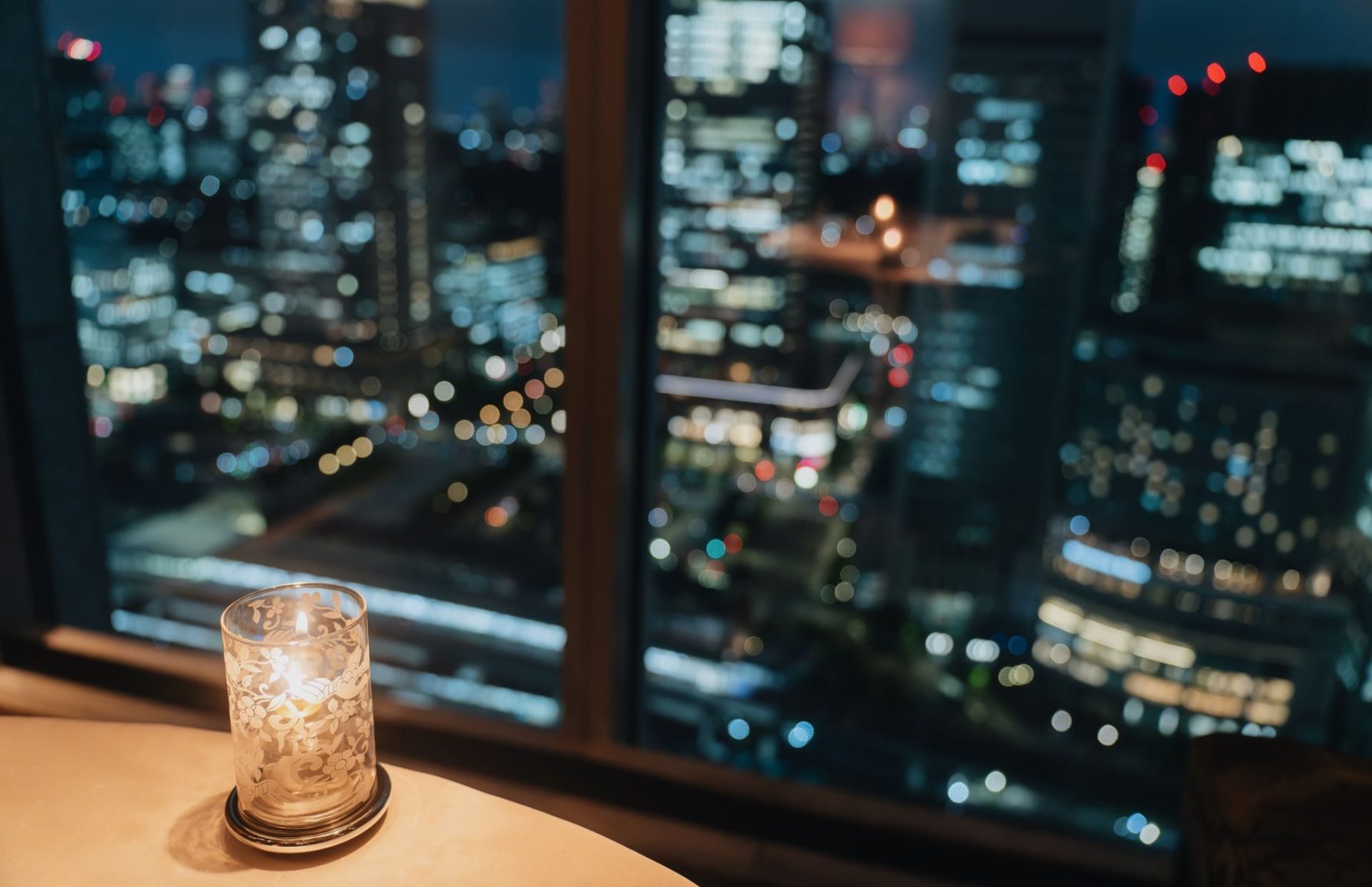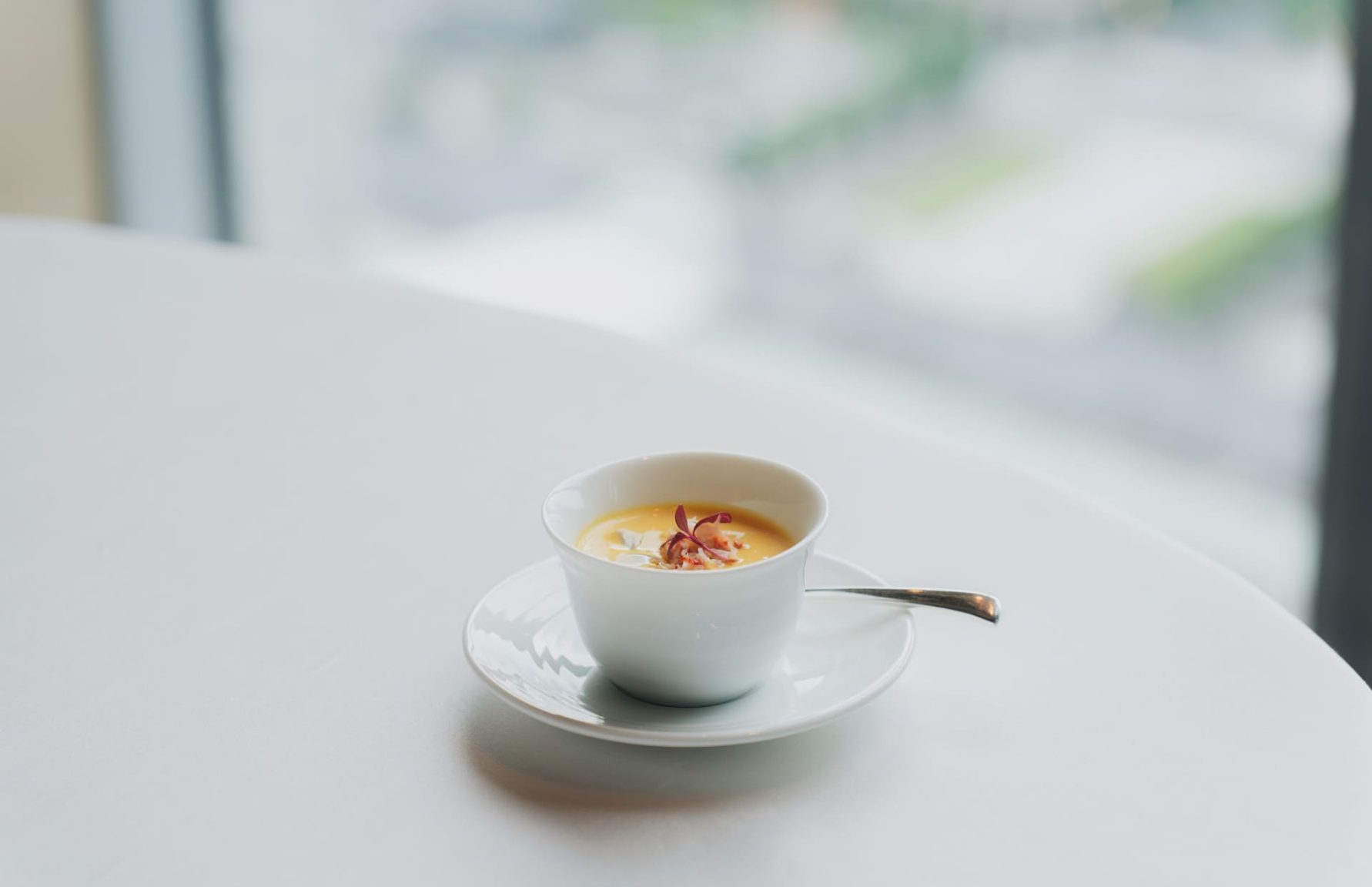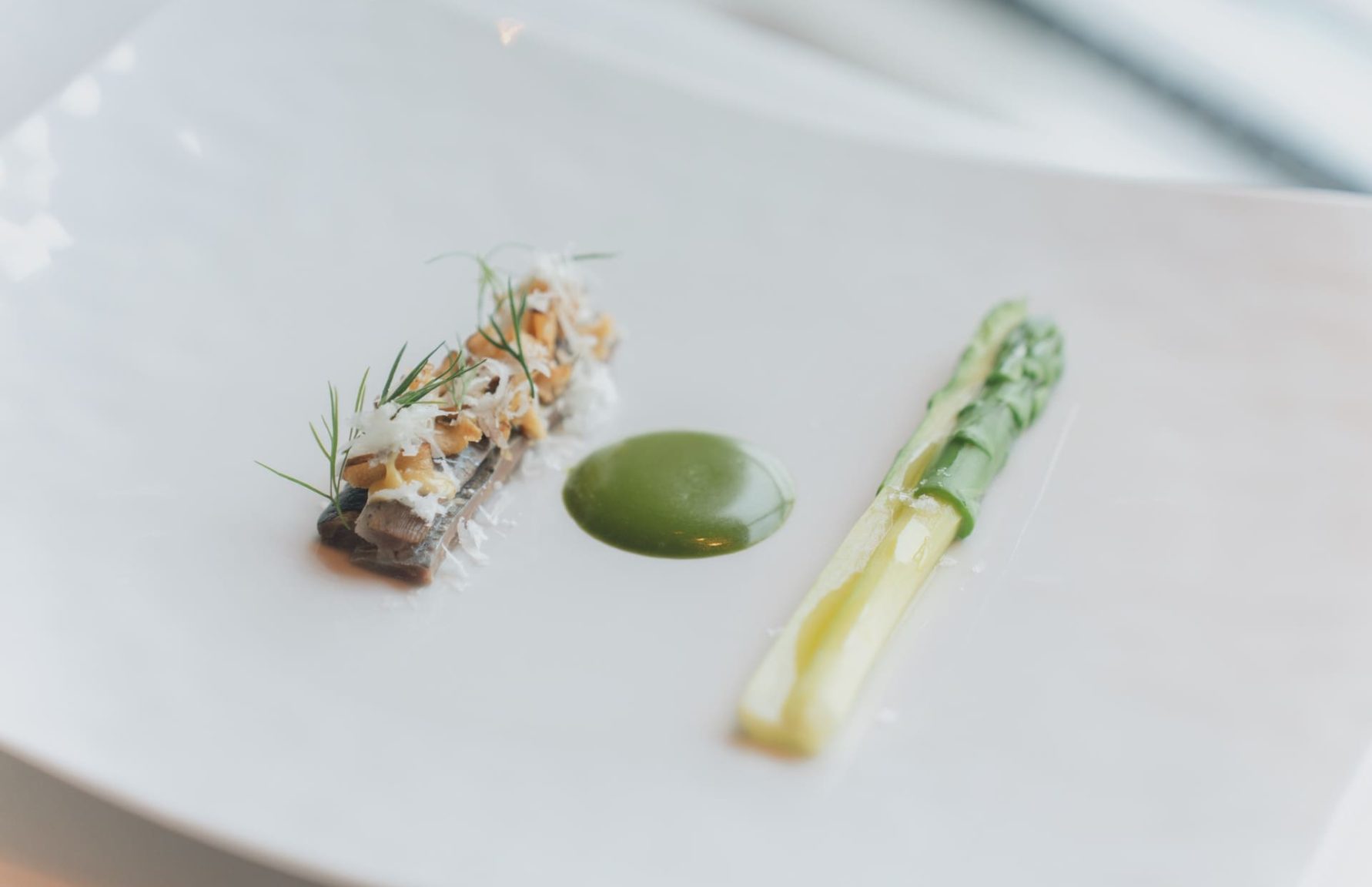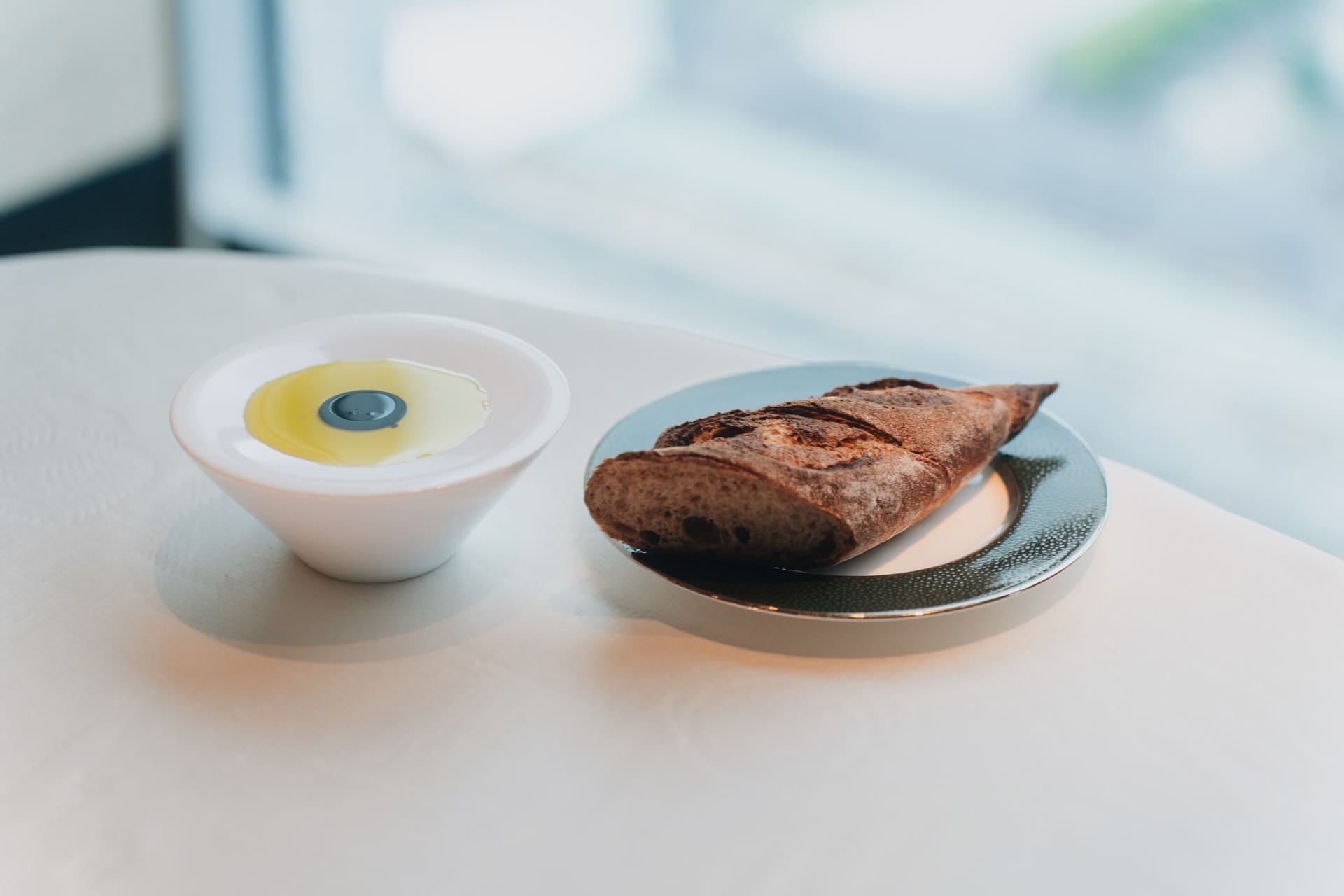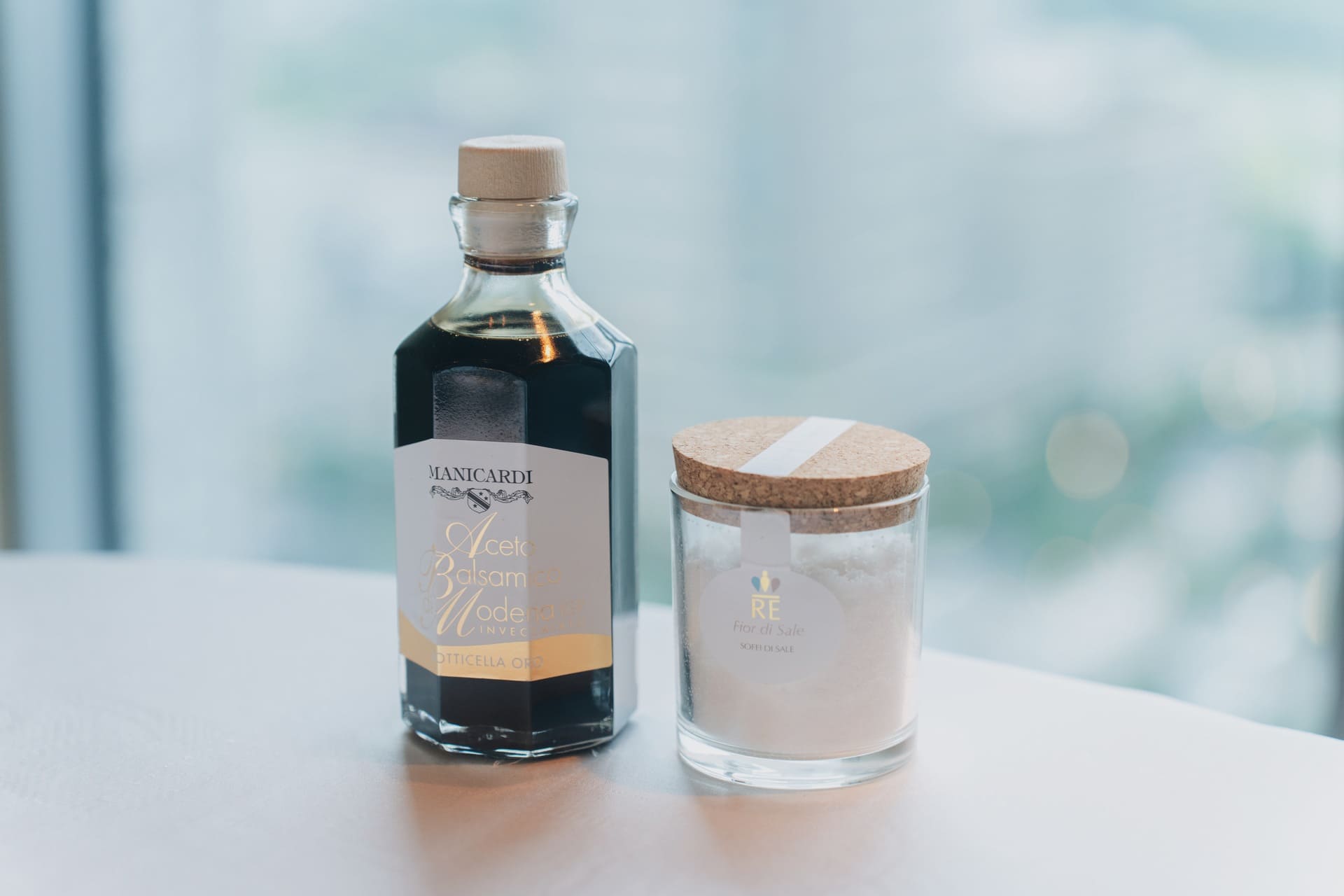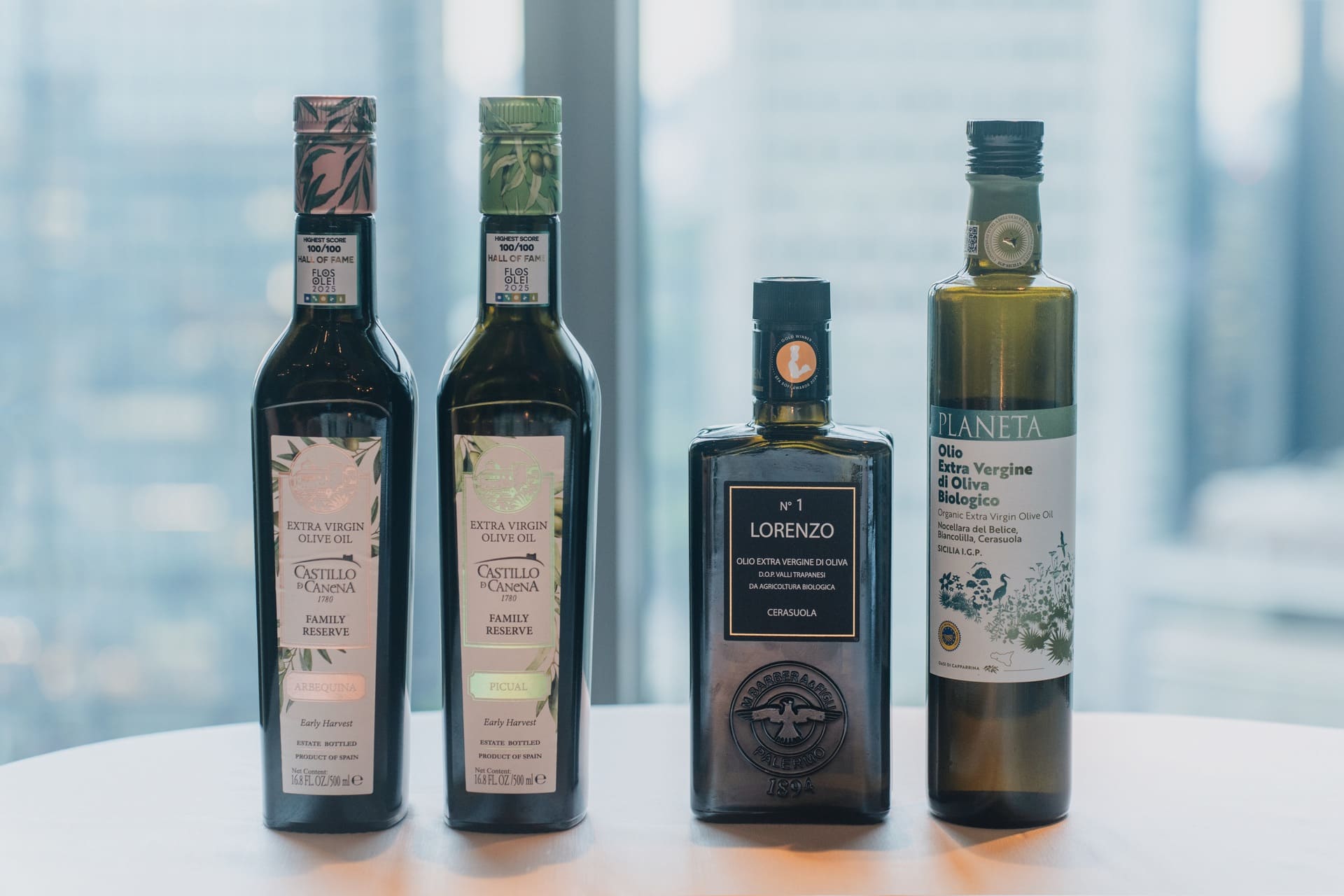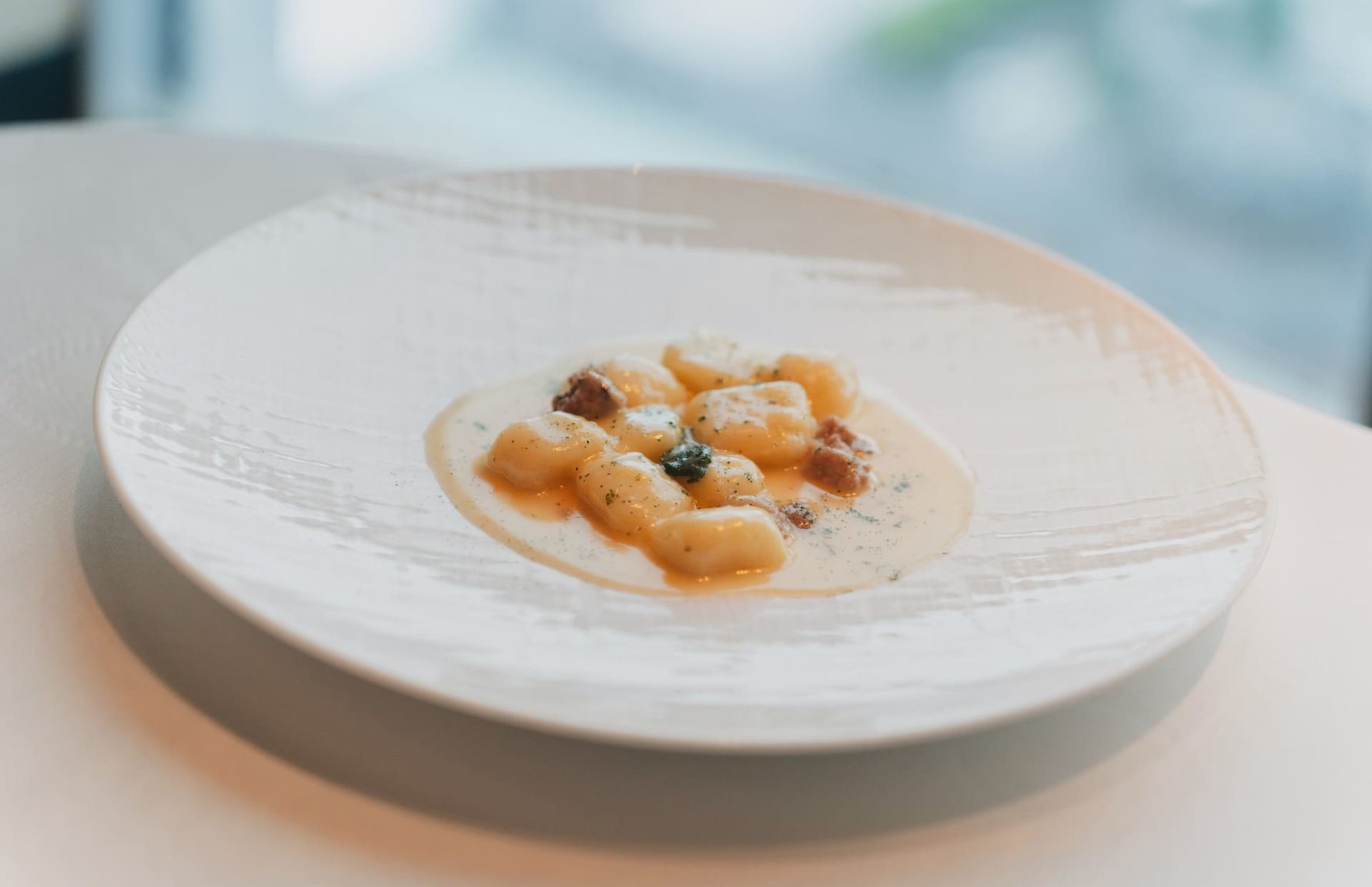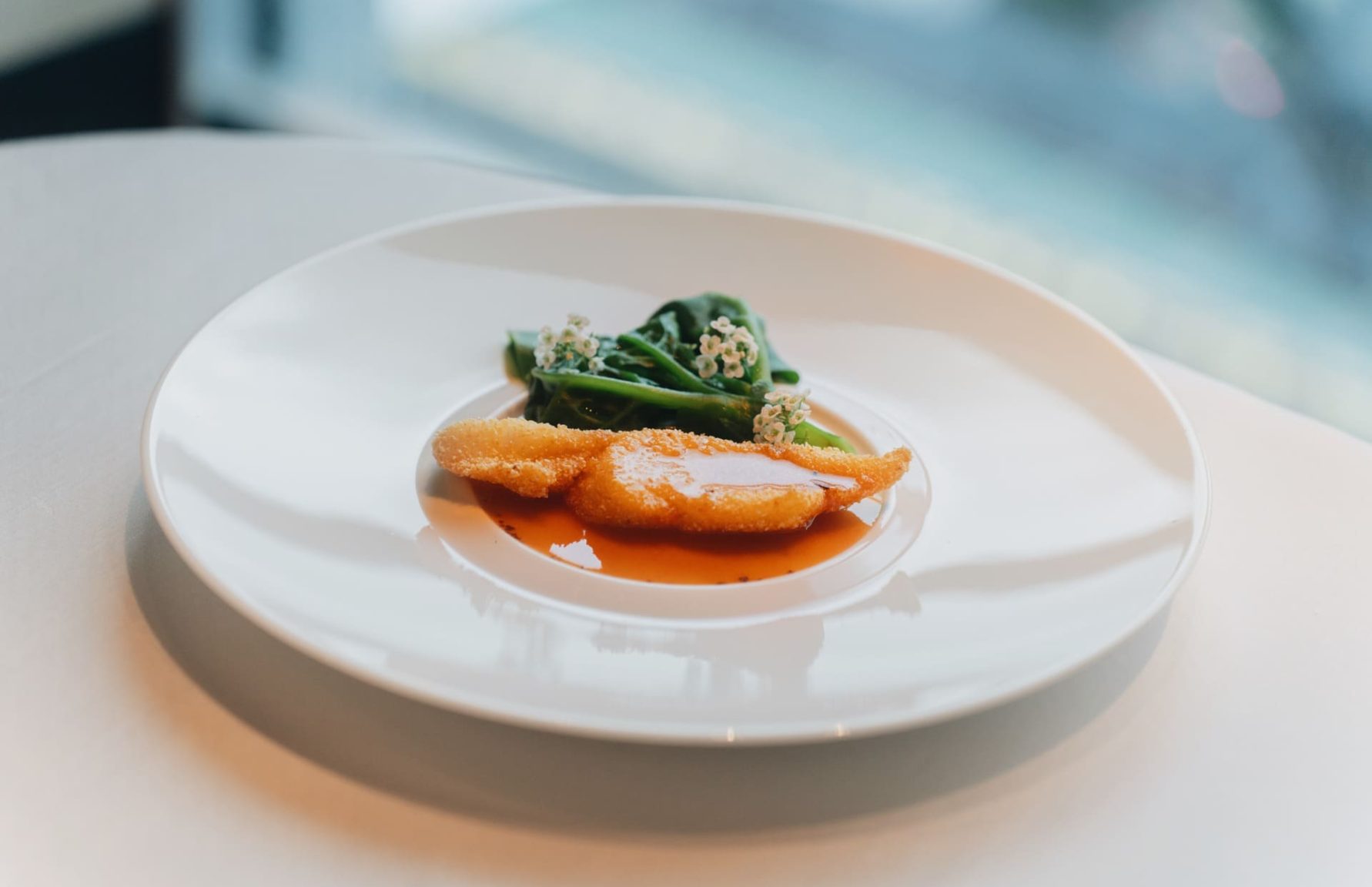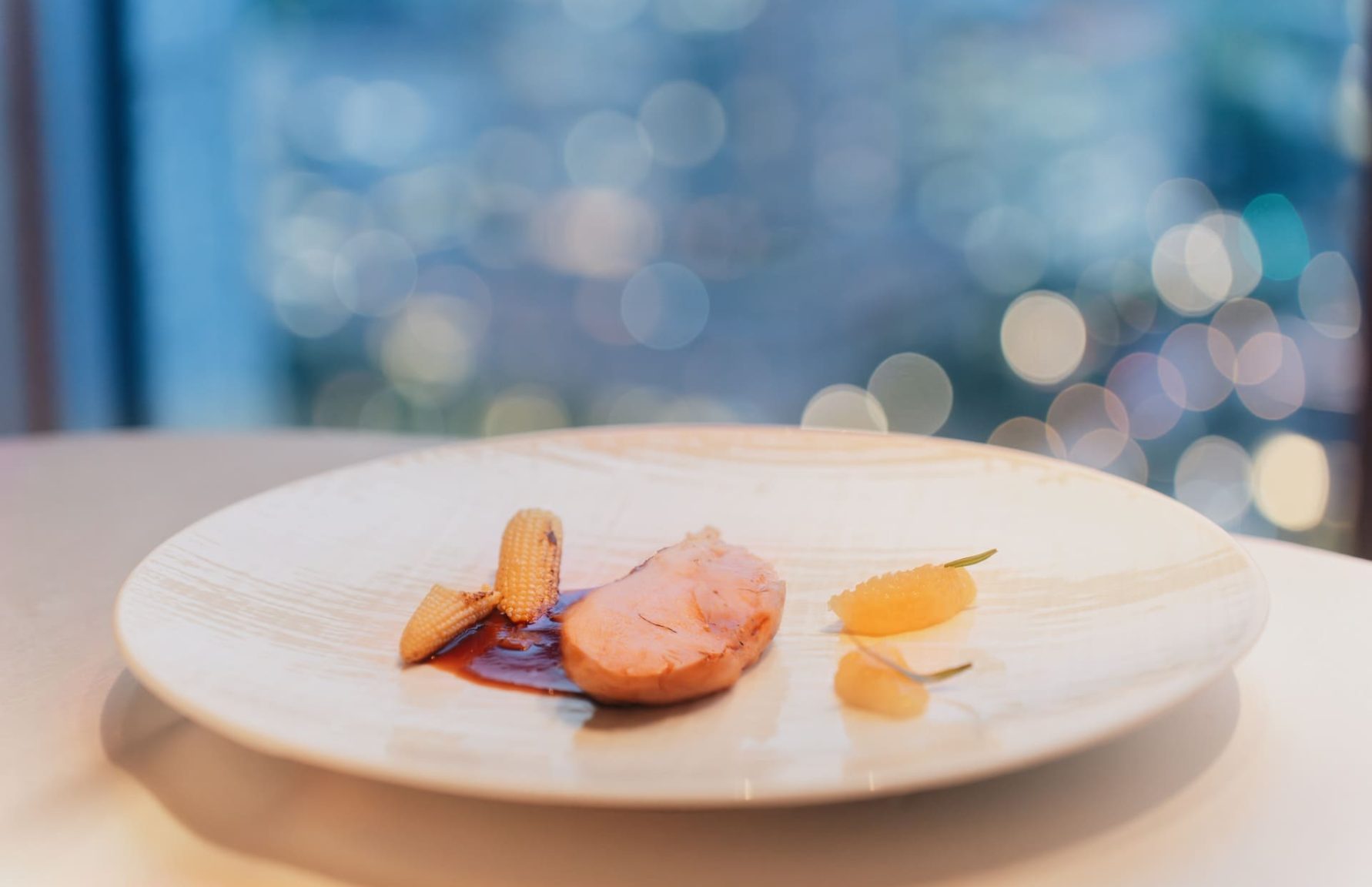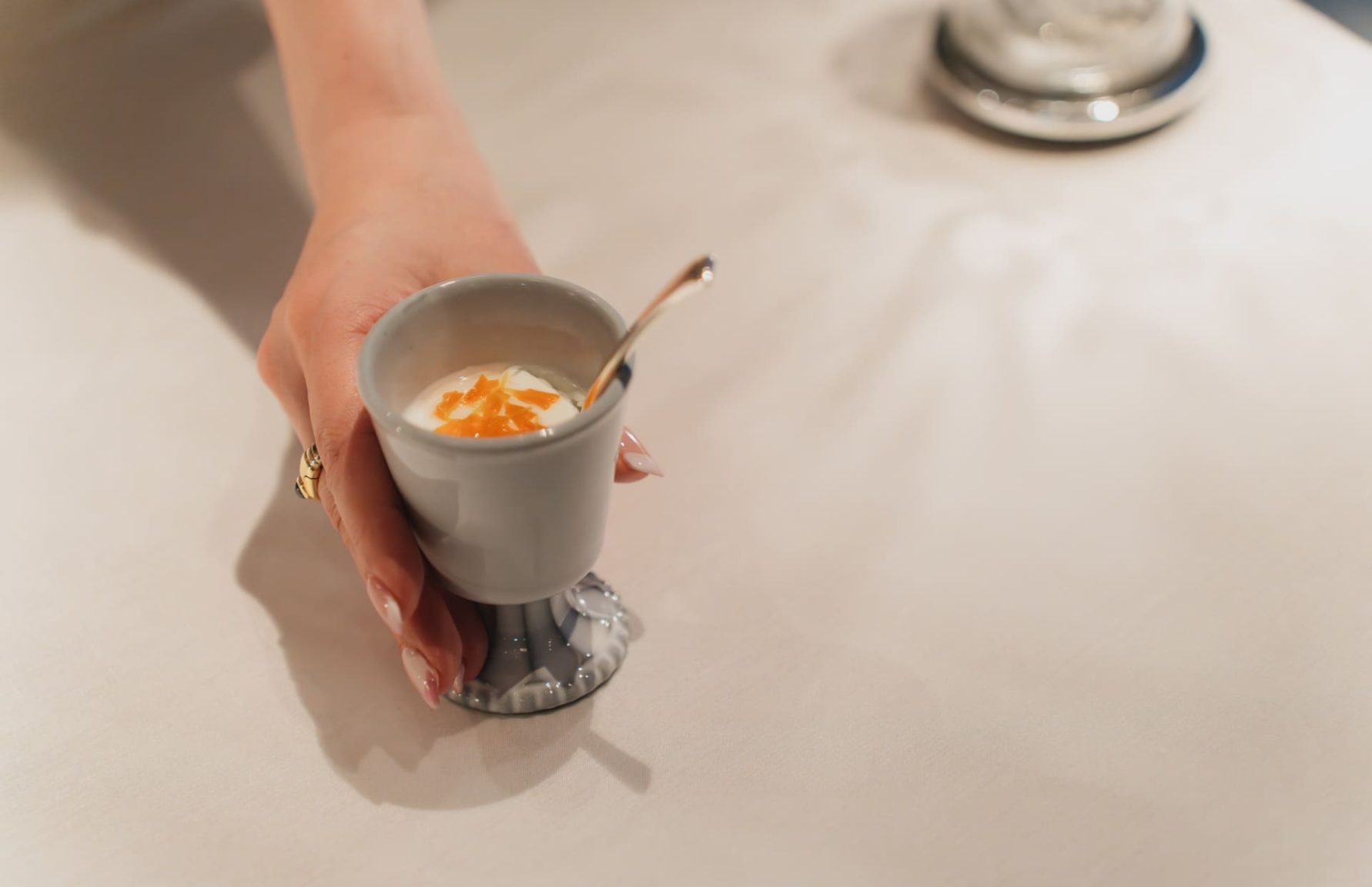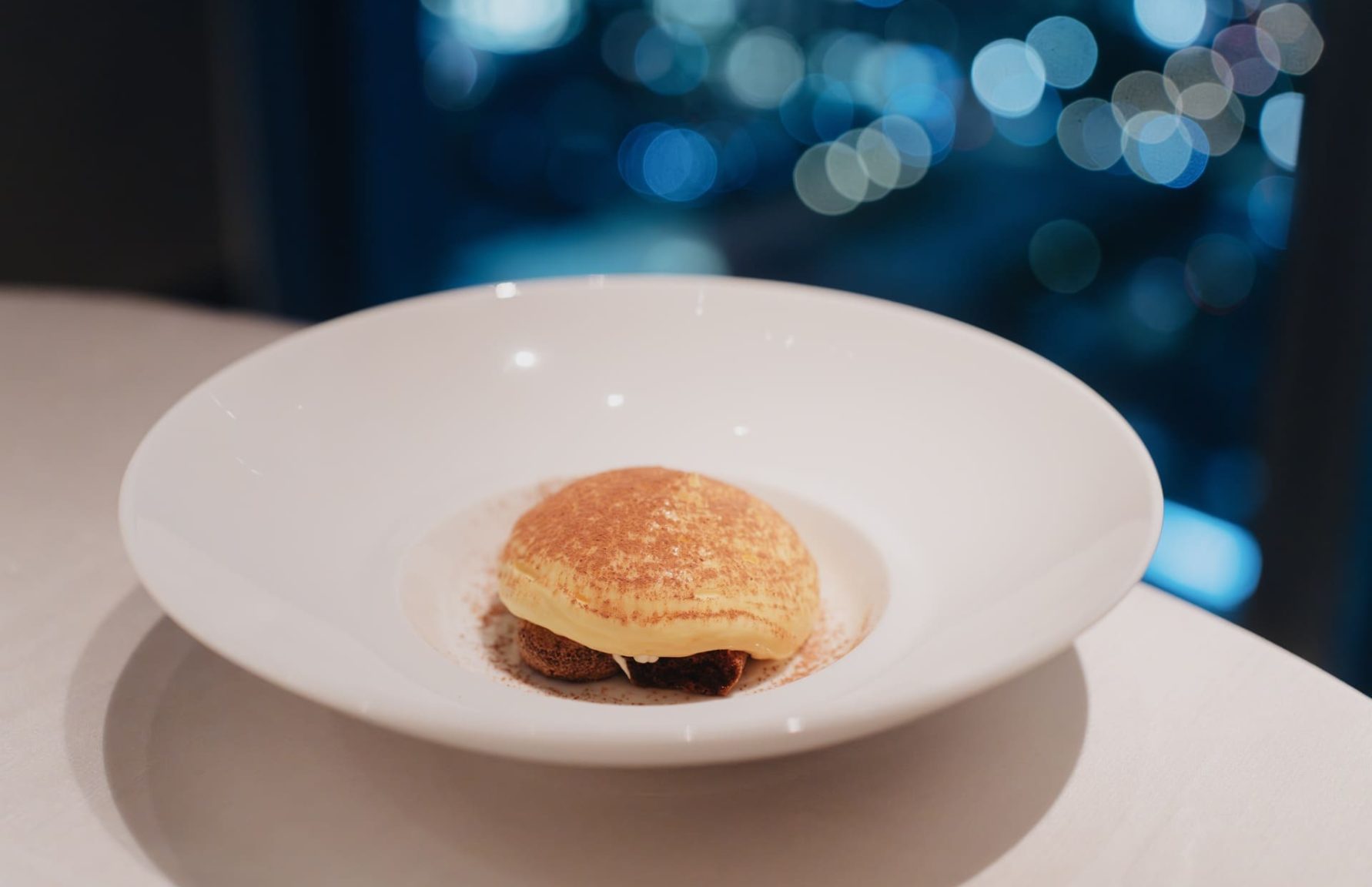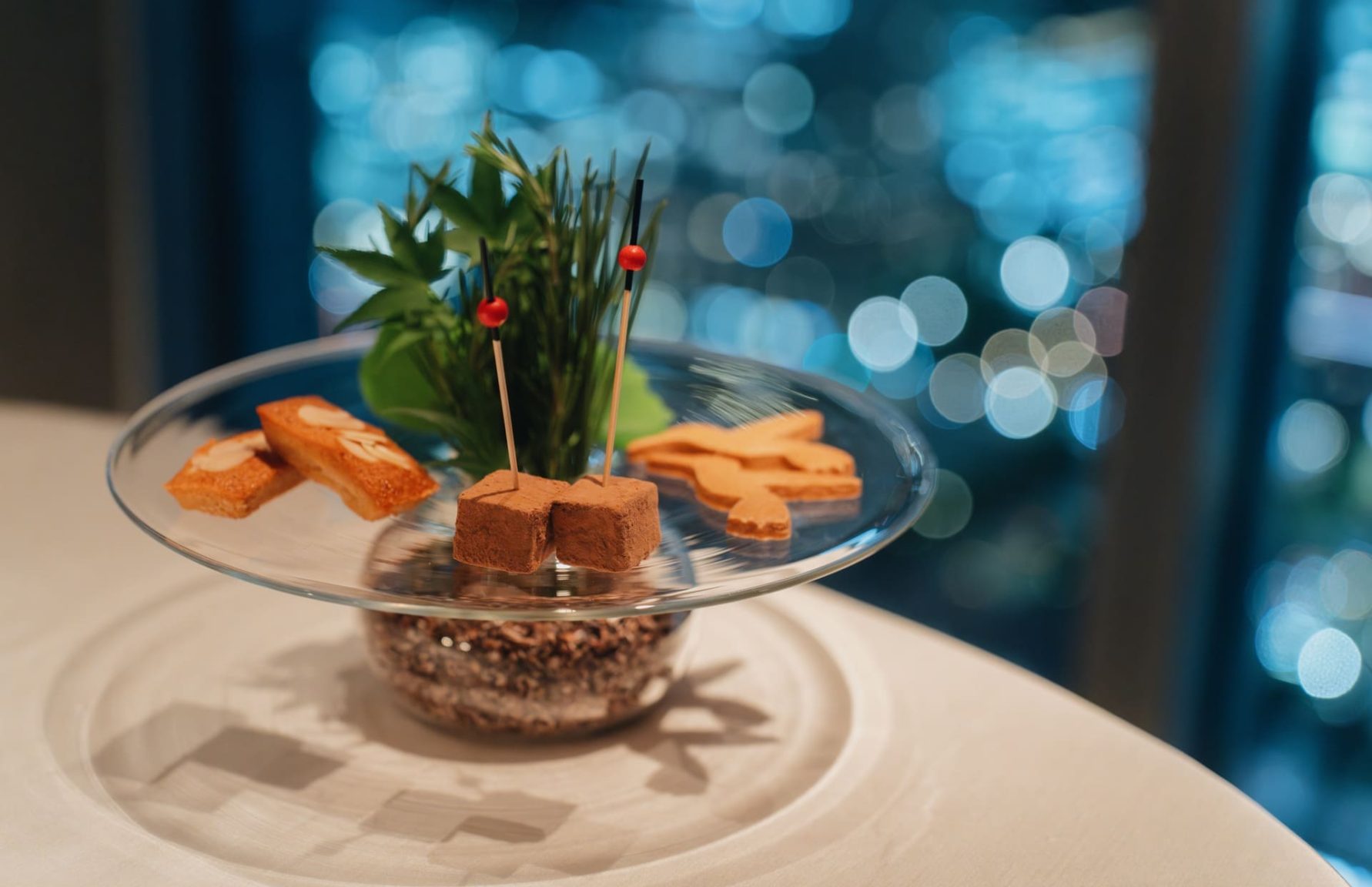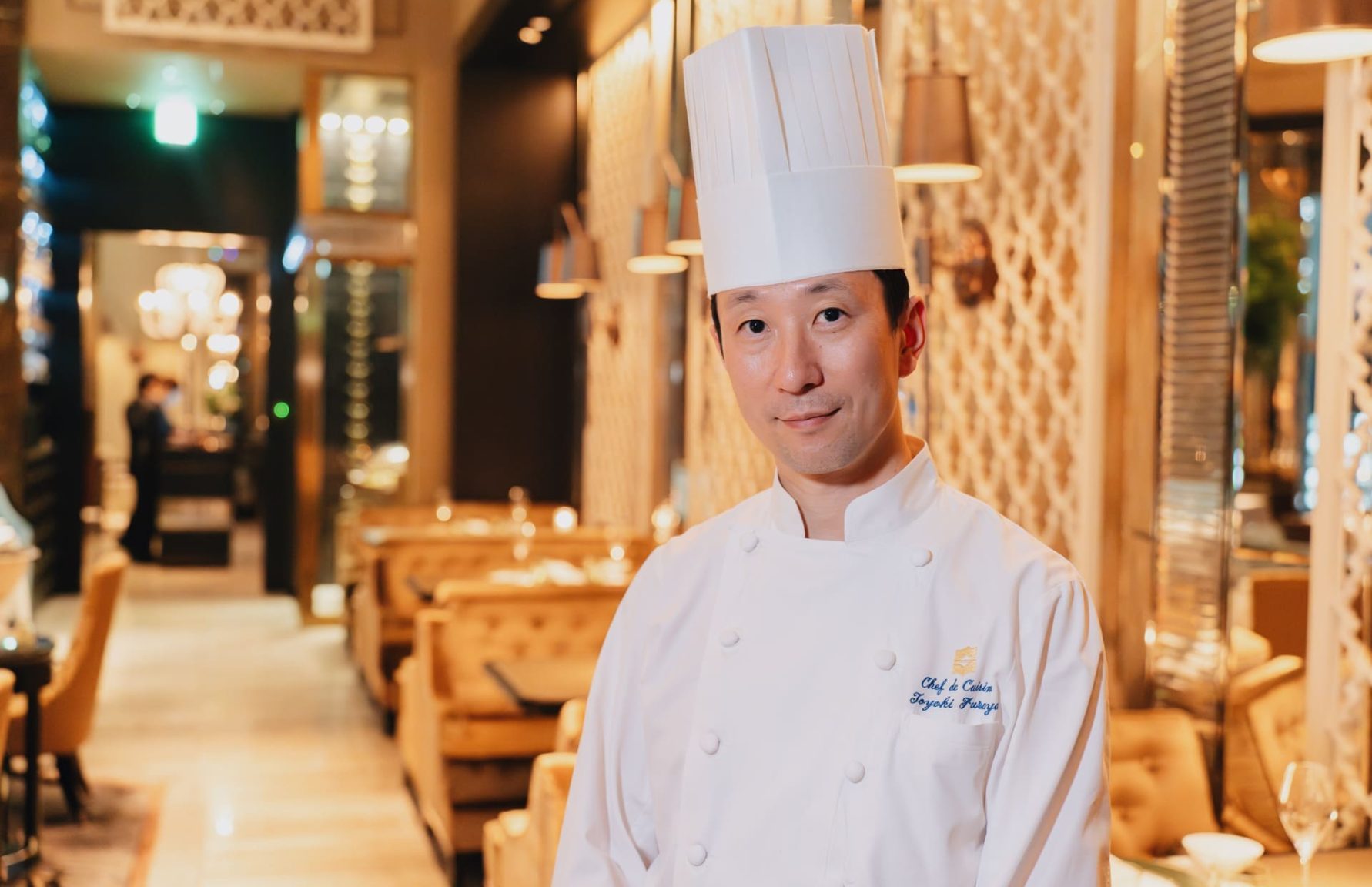Piacere at Shangri-La Tokyo: Seasonal Elegance Served with a View
Italian Dining with the Most Exceptional Japanese Touch
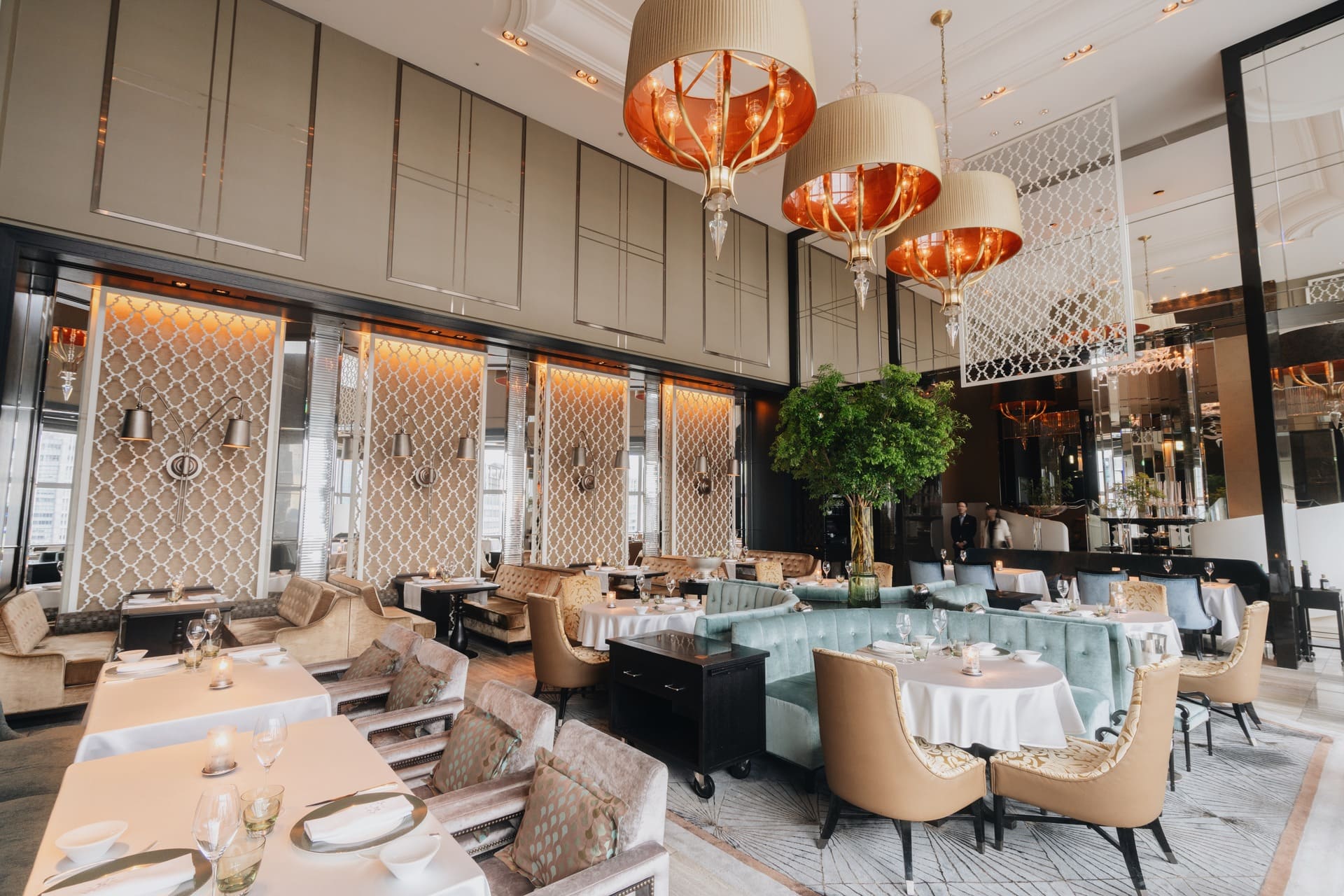
There are dinners you plan for convenience, and then there are the ones you plan your day around. The kind that begins with a view, slows time somewhere between the second and third course, and leaves you checking the last spoonful like it’s a closing scene.
Piacere, perched high above Tokyo Station inside Shangri-La Tokyo, falls squarely in the second category.
Shangri-La Tokyo, An Urban Sanctuary Above the Tracks
Opened in 2009 as Shangri-La Group’s first property in Japan, Shangri-La Tokyo occupies the top floors of the Marunouchi Trust Tower Main, right beside Tokyo Station. The hotel is renowned for its Asian hospitality with refined comfort, allowing for views over the Imperial Palace, Tokyo Skytree, and, on clear days, Mount Fuji.
With 200 rooms and suites, each of them among the most spacious in the city, and interiors designed by Hirsch Bedner Associates and André Fu, the hotel brings together the best of international polish with distinct Japanese touches. Signature facilities include Chi, The Spa at Shangri-La, two outstanding restaurants, and the Horizon Club, which offers personalized services and one of the best panoramic breakfast settings in town. Its central location and its art-filled interiors make it a solid standout as a quietly luxurious retreat in Tokyo.
First Impressions at Piacere
Dinner at Piacere begins before the first bite. Just stepping into the restaurant from the 28th-floor elevator shifts your pace. Soft light, high ceilings, and stunning views create a warm and inviting atmosphere.
The dining room tables glow under oversized pendant lamps in brushed gold and amber glass. The layout plays with elevation, with some tables sitting in cozy spaces by the windows, while others are framed by light-catching lattice screens that give a subtle sense of privacy without blocking the view.
From the seat by the window, Tokyo unrolls in layers: the green canopy of the Imperial Palace gardens, the tracks of Tokyo Station, and the sharp silhouette of Marunouchi’s office towers. As night settles in, lights flicker on across the skyline. Inside, candles take over the ambient glow, and reflections start dancing on the black lacquer surfaces. It feels like a transition stage built for an unforgettable evening.
Italian Sophistication Meets Japanese Terroir
The philosophy behind Piacere is clear from the outset. Its name, Italian for “pleasure,” is a gesture to its European culinary roots that sets the tone for a dining style that’s confident, deliberate, and designed for grown-ups.
The kitchen draws its identity from a marriage of Italian technique and Japanese seasonality. The ingredients are largely domestic, sourced from regions across Japan based on the best of the season, selected personally by the chef on site visits. A fusion of Italian food, expressed in Japan’s four-season language.
It should be noted that Piacere is also a space with a clear boundary: children under six are not admitted. It’s a place meant for uninterrupted meals, where timing, atmosphere, and conversation are part of the structure, just like wine and lighting.
A Seat with a Skyline – The Dining Space
Designed by André Fu and his team at AFSO, Piacere channels the spirit of an authentic Italian trattoria, reimagined for a 21st-century Tokyo skyline. A sleek and layered interpretation of la dolce vita, articulated through clean architectural lines and a bold material palette.
The dining area spans 280 square meters, framed by high floor-to-ceiling windows that cast natural light across a rich combination of textures: warm hues reminiscent of the Mediterranean Sea, olive greens, Venetian glass chandeliers, with bronze, and dark chocolate tones anchoring the space, resulting in a decidedly refined atmosphere.
Bespoke furnishings define each table arrangement; some gathered in semicircular banquettes around round white tablecloths, others tucked into elevated nooks by the windows. Pendant lamps, tailored for the space, add rhythm to the ceiling without overwhelming it. And as dusk settles and the city lights come on, the mood deepens for an intimate ambiance.
The LUNA Course – An Immersive Culinary Experience
Pre-course amuse-bouches
The experience begins with a pair of amuse-bouches that set the tone for what’s to come.
The first is a chilled pumpkin soup, served in a small porcelain cup. Delicate in appearance, but bold in flavor, it was one of the standouts of the evening. Smooth and naturally sweet, the pumpkin is balanced with the cool umami of clam jelly, which gives the dish a surprising depth.
First Course: Contrast of Textures
The first course arrives on a minimalist white plate: green asparagus, grilled to a gentle bite, laid alongside a marinated sardine, curls of Jerusalem artichoke, and a fragrant dill sauce. The textures are crisp and cool, offering a precise and elegant opening to the meal.
Before moving to the next dish, the staff offers a warm slice of crusty baguette bread accompanied by a choice of four olive oils, two from Spain and two from Italy, alongside balsamic vinegar and fleur de sel.
This moment of interlude invites a pause and some tactile play, as the soft but crunchy on the outside bread is meant to be dipped with the oil. I selected the Arbequina oil from Spain, light and fruity, which paired beautifully with what came next.
Main Courses: Japanese Twist to Italian Delights
The gnocchi, made with ripened potatoes from Murakami Farm in Hokkaido, arrives as a soft, golden mass resting in a silky Parmigiano Reggiano sauce. These are so tender they barely resist the fork. The black pork salsiccia from Kagoshima Nanshu Farm adds a savory depth that builds from the background. The staff’s suggestion to dip the bread in the remaining sauce resonated with customs familiar in Italy and Spain, and added to the comfort of the dish.
The following dish features a deep-fried Leopard Coralgrouper from Nagasaki. It’s plated with Malabar spinach and rests in a warm, delicate tomato sauce made from fruit-forward Shizuoka tomatoes. The sauce’s light acidity contrasts nicely with the greens’ earthy tones, and the colatura—Italian fish sauce—threads everything together with understated richness. This dish quietly anchors the midpoint of the meal.
Then comes the Iwate guinea fowl, infused with a distinct smokiness that reveals itself slowly. Paired with young corn and slices of new summer orange, the flavor turns toward the fire and the field, while the citrus adds brightness and a firm, refreshing texture. It’s a clever counterpoint: warm smoke, cold orange, tender meat, crisp fruit. The balance is thoughtful without being showy.
Desserts: A Perfect Ending
The pre-dessert is a small serving of mascarpone cream, subtly sweet and topped with marigold. It feels just right: cool, airy, and aromatic.
Then, the finale: tiramisu made with Hayama eggs from Nara and dark chocolate and cacao powder from Kamakura’s famed Maison Cacao. Creamy in the best sense of the word, the mascarpone filling melts against the warmth of the sponge, and each bite delivers that familiar balance of sweetness and bitterness. It’s unmistakably Italian, but like everything else in this course, it speaks in the accent of local ingredients.
Coffee or tea is offered with a small selection of housemade petits fours—bite-sized and playful, a gentle close to a well-paced evening.
Throughout the course, the progression is steady, and the portioning exact: enough to feel layered, never enough to overwhelm. The meal settles into itself, each course connecting naturally to the next, along the staff’s thoughtful explanations.
Curated Beverage Pairings
The pairing options feature several carefully selected wines. For instance, one of the sets begins with a Billecart-Salmon Brut Rosé and progressing through Italian whites like Pieropan Soave Classico and Planeta Chardonnay, ending with a bold Taurasi Feudi Di San Gregorio.
Those who prefer a more flexible route can expect gentle suggestions from the service team, who may tailor recommendations based on individual courses or guest preferences. The cellar includes a well-balanced mix of Italian classics, Japanese wines, and a small but focused selection of Champagnes and digestifs.
For non-drinkers, the list includes fresh fruit juices, sparkling grape and apple juice from Nagano, and an extended tea and coffee selection served alongside dessert.
Ingredients with a Story: Chef Philosophy and Personal Touch on Sustainability and Seasonality
Behind Piacere’s refined plating is a sourcing philosophy that’s both personal and intentional. Executive Chef Toyoki Furuya, a Yokohama native, doesn’t just oversee the menu—he travels regularly to farms and coastal producers across Japan to handpick seasonal ingredients that reflect not only quality but character. It’s a balance, he explains, between maintaining long-standing relationships and seeking out new voices in Japan’s agricultural and fishing communities.
That balance is evident in the menu’s structure. You’ll find staples like Murakami Farm’s Hokkaido potatoes, Cheese Stand’s Tokyo burrata, and guinea fowl from Ishiguro Farm in Iwate alongside more transient selections chosen for their momentary peak. A seasonality that mirrors the chef’s evolving connections and ongoing exploration of the landscape.
His approach draws from the poetic ideal of Kachoufuugetsu 花鳥風月 (literally, flowers, birds, wind, and moon) a classical Japanese aesthetic that values the changing seasons, natural beauty, and sensory harmony. In Piacere’s context, that becomes a culinary framework: floral garnishes used sparingly, contrasts in texture and temperature, and an atmosphere that changes with the hour, from daylight to candlelight.
Shangri-La’s broader “Rooted in Nature” initiative also ties into this philosophy, spotlighting dishes that feature locally and ethically sourced produce. While the menu doesn’t advertise this overtly, staff are happy to point out which items fall under the program, offering a quiet but clear invitation to dine with awareness.
Chef Furuya’s vision is built on taste, trust, and time. And while the result is undeniably elegant, it never feels abstract. The flavors remain grounded in Japan’s terrain, but filtered through a lens shaped by Italian culinary tradition and the chef’s own sensibilities.
Access Information
 Access Access |
28th floor of Marunouchi Trust Tower Main, 1 minute walk from Tokyo station. |
|---|---|
 Business Hours Business Hours |
5:30–11 PM (Last order at 8:30 PM) |
 Closed Closed |
Sunday and Monday |
 Official Website Official Website |
https://www.shangri-la.com/tokyo/shangrila/dining/restaurants/piacere/ |
 Nearest station Nearest station |
Tokyo Station |
Final Thoughts
Piacere is not a place that competes for attention. It doesn’t have to. From the high-rise views to the seasonal course menus, the experience is grounded in restraint, detail, and atmosphere. No theatrical flair, no forced storytelling, just a quiet confidence in the ingredients, the technique, and the pacing of the evening.
It’s a restaurant designed for those who appreciate subtlety: in flavor, in service, in setting. If you’re visiting from abroad or simply stepping out in Tokyo, Piacere offers something increasingly rare in the city—space to slow down, and a meal that unfolds with quiet precision above the skyline.
Written by
Photographer, journalist, and avid urban cyclist, making sense of Japan since 2017. I was born in Caracas and lived for 14 years in Barcelona before moving to Tokyo. Currently working towards my goal of visiting every prefecture in Japan, I hope to share with readers the everlasting joy of discovery and the neverending urge to keep exploring.





